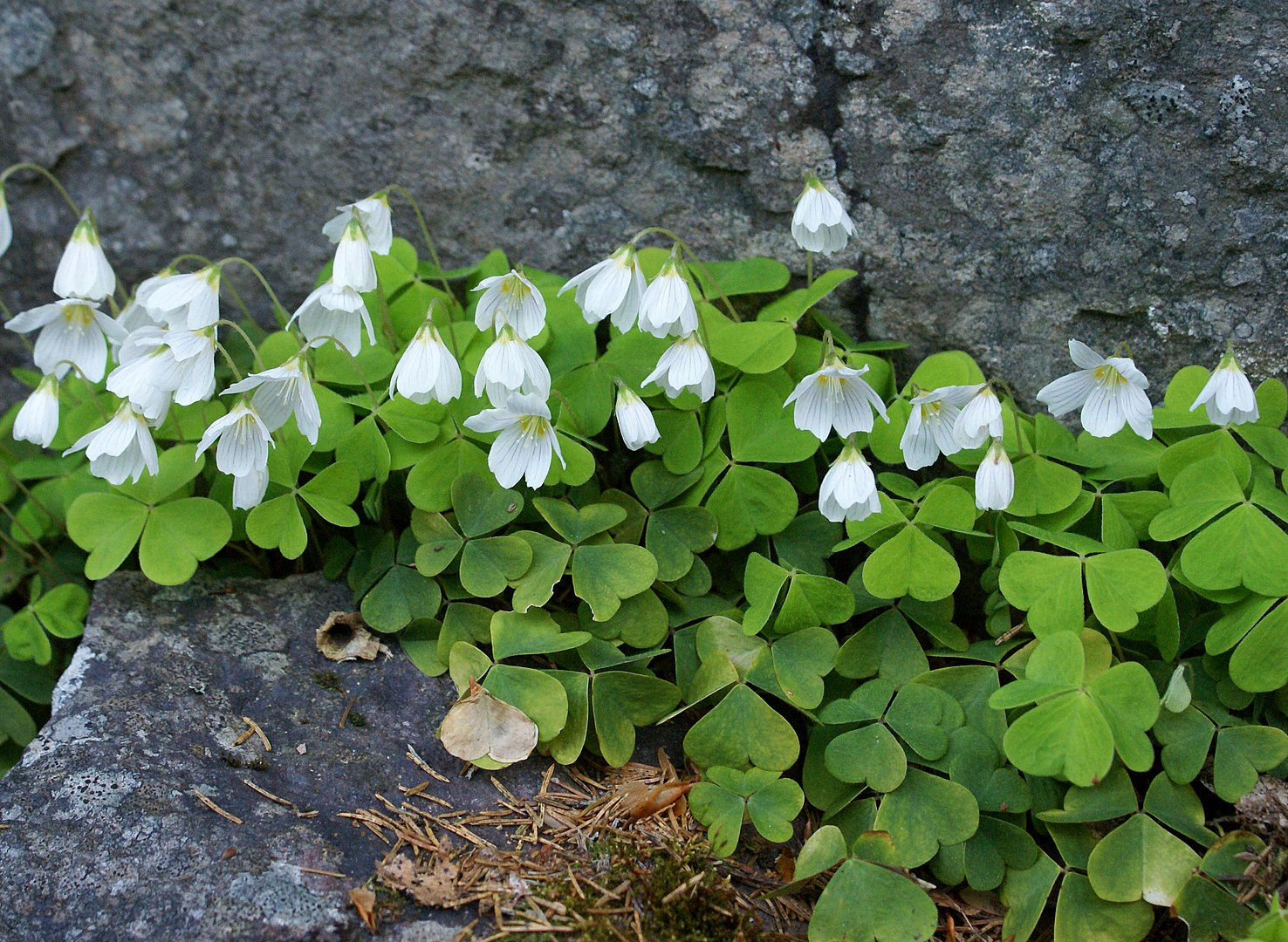Gardening 101: Redwood Sorrel

Just because Redwood sorrel is in the Oxalis family doesn’t mean you have to run for the hills in fear.
Redwood sorrel, Oxalis oregana
Full shade, part shade, and dappled sun are all ideal light conditions for redwood sorrel.
Photograph by Stephanie Falzone via Flickr.
Hardy to USDA zones 7-9 and native to cool, moist coastal redwood forests all the way from southwest British Columbia to the San Francisco Bay, this shade-loving perennial ground cover flourishes in damp woodland areas and in the shadows of tree canopies, bushes, and ferns.
Redwood sorrel grows to no more than 8 inches tall and spreads by underground stems (rhizomes) to create soft dark green blankets of heart-shaped leaves with a blush of purple on its undersides.
The plant has a blush of purple on the undersides.
Photograph by Ray Krebs via Flickr.
Turns out that Indigenous American tribes in the Northwest used Redwood sorrel in their cooking and home remedies.
Another interesting fact is that this plant exhibits a behavior called nyctinasty, which means it can open and close depending on temperature changes and the amount of light or darkness it receives.
Cheat Sheet
The flowers in various stages of nyctinasty.
Photograph by Randi Hausken via Wikimedia.
• Plant a mass of them under redwood trees or tree ferns as they can deal with the heavy root competition.
• Add groupings to a shade, native, or woodland garden and let them naturalize.
• Pairs perfectly with ferns, wild ginger, coral bells, dogwoods, and huckleberries.
• A charming pollinator plant for bees and butterflies.
A 4-inch pot of Redwood Sorrel is $9.95 at Native Foods Nursery.
Keep It Alive